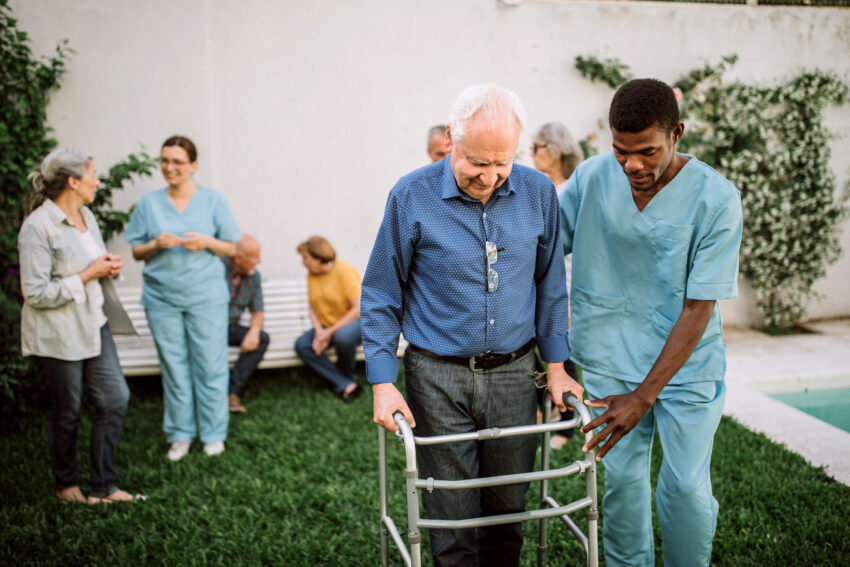Caring for a loved one as they age is a responsibility that many individuals willingly take on. However, there may come a time when the demands of caregiving exceed what can be managed at home, and the consideration of transitioning a loved one to assisted living becomes a crucial decision. This process can be emotionally challenging, but with careful planning, open communication, and a focus on the well-being of your loved one, the transition to assisted living can be a positive step in ensuring they receive the care they need.
Assessing the Need for Assisted Living:
Before initiating the transition, it’s essential to assess your loved one’s current and future needs. Consider their physical health, cognitive abilities, and daily living activities. Are they struggling with tasks that were once manageable? Is their safety at risk? Consulting with healthcare professionals, such as their primary care physician or a geriatric specialist, can provide valuable insights into their overall well-being and whether assisted living is a suitable option.
Initiate Open and Honest Communication:
Broaching the subject of assisted living can be challenging, as it often involves discussions about health, safety, and potential lifestyle changes. Approach the conversation with empathy, actively listening to your loved one’s concerns and preferences. Acknowledge their feelings and fears while emphasizing that the decision is driven by a desire to enhance their quality of life and ensure their safety.
Research and Visit Assisted Living Facilities:
Not all assisted living facilities are the same, so it’s crucial to research and visit multiple options. Consider factors such as the facility’s reputation, staff qualifications, available amenities, and the overall atmosphere. Bringing your loved one along for visits allows them to get a feel for the environment and may help alleviate concerns about the transition.
Plan for the Transition:
Once you’ve selected an assisted living facility, work closely with the staff to create a personalized transition plan. This may involve gradually introducing your loved one to their new living space, allowing them to bring familiar items from home, and familiarizing them with the facility’s routines and activities. Having a well-thought-out plan can ease the adjustment period and make the transition smoother.
Offer Emotional Support:
Moving to assisted living can be an emotionally charged experience for both you and your loved one. Be patient, supportive, and understanding during this transition. Encourage them to express their feelings and validate their emotions. Reassure them that your love and involvement in their life will continue, emphasizing that assisted living is a step towards improved care and well-being.
Stay Involved in their Life:
Transitioning to assisted living doesn’t mean relinquishing your role as a caregiver. Stay actively involved in your loved one’s life by visiting regularly, participating in activities together, and maintaining open lines of communication with the facility staff. Your ongoing support will contribute to their sense of security and well-being.
Conclusion:
In the journey of transitioning a loved one to assisted living, the ultimate goal is to ensure their well-being and enhance their quality of life. Facing this decision with empathy, careful planning, and open communication fosters a positive experience for both the caregiver and the individual receiving care.
As you embark on this transition, consider exploring assisted living options in your vicinity. Conducting a search for a “retirement home near me” can yield valuable results. Facilities like Briar Rose Assisted Living Facility LLC stand out as beacons of compassionate care and tailored support.
Choosing the right assisted living facility involves not just the physical surroundings but also the commitment of the staff to the well-being of residents. Briar Rose Assisted Living Facility LLC, for instance, exemplifies a dedication to providing a nurturing environment, personalized care plans, and a range of amenities that contribute to a fulfilling lifestyle.
By staying actively involved in your loved one’s life, offering emotional support, and maintaining open communication with both your loved one and the staff at the facility, you pave the way for a smooth and positive transition. Remember, assisted living is a step towards a safer, more comfortable, and enriched chapter in your loved one’s life.


